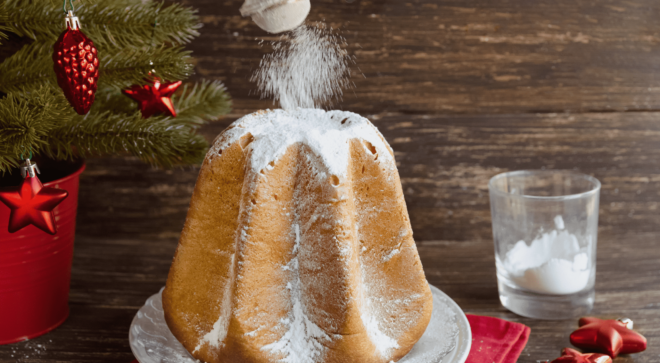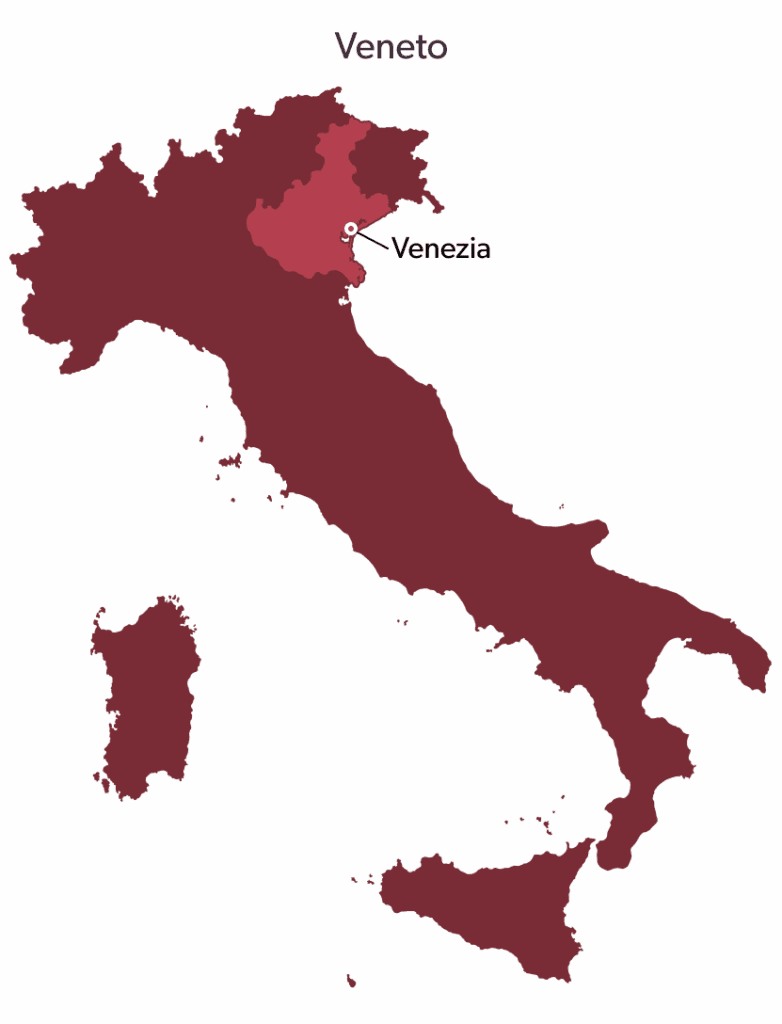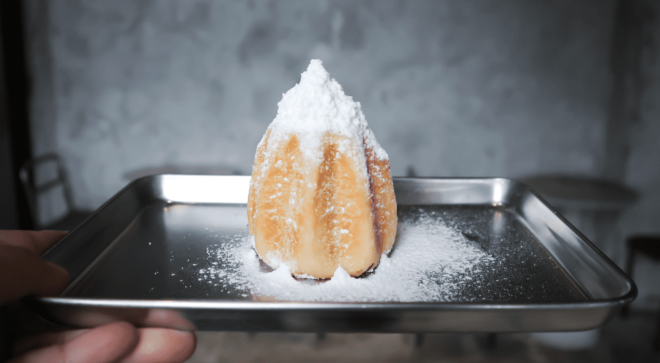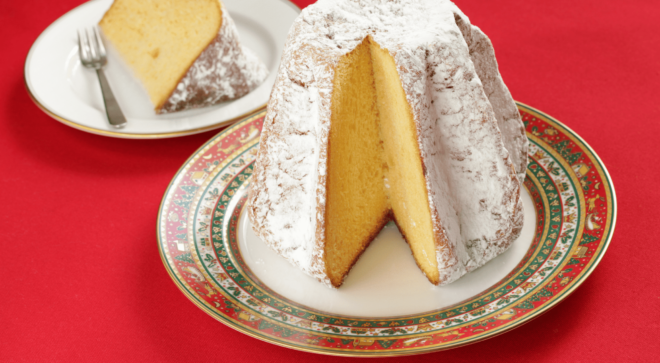Pandoro
Originally from Verona, the classic Christmas cake Pandoro is inevitably found on the table of Italians during the holidays. Its flavor satisfies the tastes of everyone and is a good alternative to the Panettone, for those who don’t like raisins and candied fruit.
Presentation
Legend has it that the name came from a cry of amazement from a boy at the sight of this gold-coloured cake! In fact, the Pandoro’s golden yellow colour is due to the eggs used. Light and fluffy like a brioche, it has a mild flavor, scented with vanilla. The shape is that of a truncated pyramid, with an 8-pointed star base. It is Angelo Dall’Oca Bianca, a painter from Verona, who designed the mould which characterizes this Christmas cake.
Pandoro is Verona’s cake by excellence, even though its origins are Austrian, more precisely from Vienna. It is the Habsburg Court that first prepared “Vienna bread”, the ancestor of the Pandoro.
Other testimonials say that the Pandoro derives from “pan de oro”, the cone-shaped cake, covered with gold leaves, which was eaten in the homes of rich Venetian families.
According to others, the origins come from an ancient, star-shapped cake that the Veronese ate at Christmas-time: the “nadalin”.
The main ingredients of Pandoro are: flour, sugar, eggs, butter and yeast. Its preparation is quite demanding: it must rise for more than 10 hours and requires 6-7 rounds of dough…making this “homemade” quite difficult, which is why most people simply buy it.
Unlike the Panettone, the traditional Pandoro is not garnished with candied fruit or cream. However, there have been attempts to vary the classic recipe: there are now custard-filled Pandoro or those covered with a layer of chocolate.
Often, the Pandoro comes with a bag of powdered sugar that can be sprinkled on the cake at the outset, for sweet-lovers.

Photo gallery




